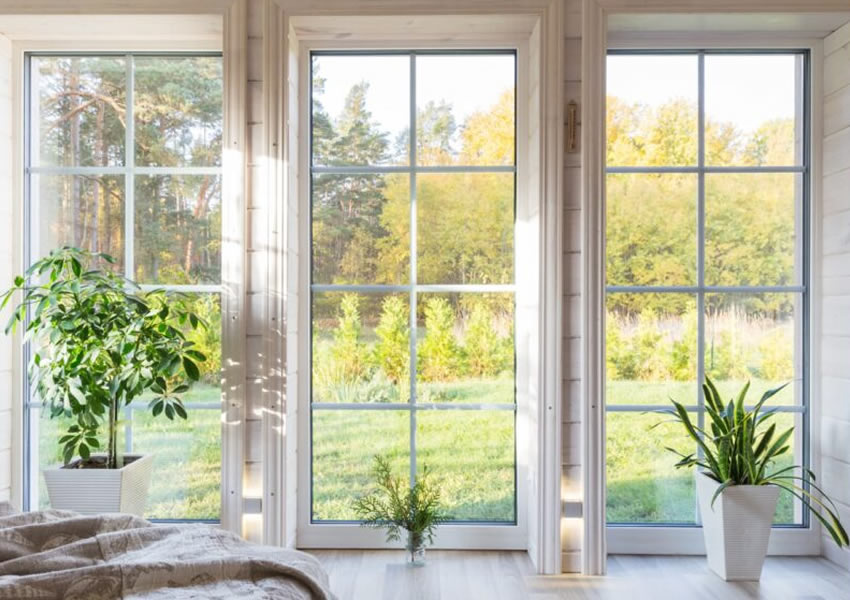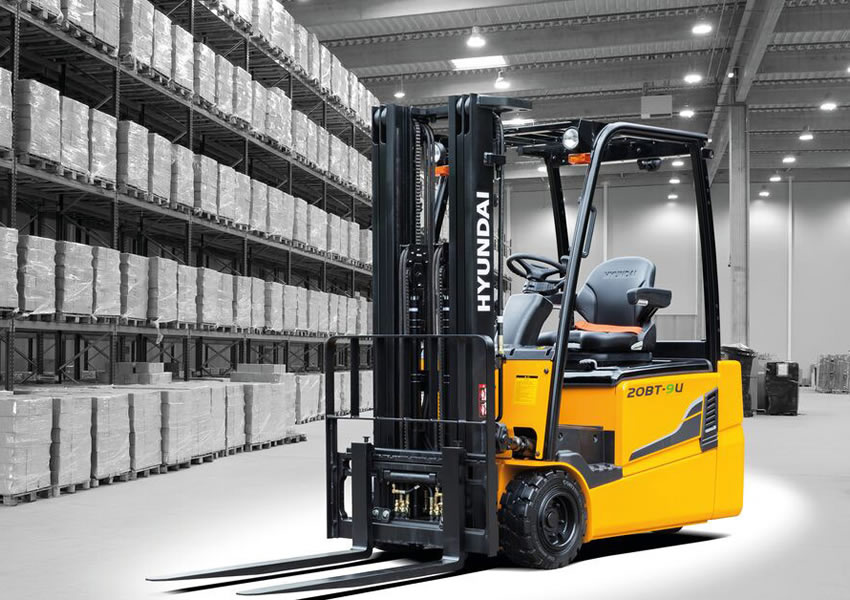Welcome to the Co-op’s own ‘I’m new to cycling and I don’t know what type of bike I should buy’ guide. Here you’ll find the main types of bikes that people tend to speak about, demystified. Think of it as the ultimate bike types guide for beginners!
Bike Buying Guide: Different bikes for different activities
We usually recommend that you buy a bike for the kind of activity you want it for – although if you want to buy a bike just because you like the way it looks, that’s fine too!
Do you want a bike mostly for commuting? Do you want a versatile bike that can handle both tarmac and dirt tracks well? Do you want to dress head-to-toe in lycra and attempt the land speed record?
Many people who are new to cycling often opt for a mountain bike, purely because it somehow sounds like the most familiar. However, there’s really no need to buy a mountain bike unless you a) really like mountain bikes for whatever reason or b) want to go mountain biking.
Here at the Co-op we tend to divide our bike types into the following categories based on the activity they’re used for:
- Road bikes: Roads.
- Mountain bikes: Off road.
- Hybrid or Commuter bikes: A bit of everything.
- Cyclocross bikes: A bit of everything, but with a road bike feel.
- Folding bikes: Commuting, leisure or touring for the short-on-space.
- Electric bikes: An electric-assisted bit of everything.
- Touring bikes: designed for carrying loads over longer distances while remaining comfortable for the rider.
- Women’s bikes: All of the above, designed specifically for women.
- Kids bike: bikes for kids
We’ll look at each of these in turn so you can get a better idea of what bikes are used for what.
Road Bikes
As the name suggests, road bikes are designed to ride on the road. Can’t all bikes ride on the road, you wonder? They absolutely can. But road bikes are optimised to make road cycling as efficient as possible, and because of that they’d perform terribly on a mountain dirt track.
Instead, road bikes are designed to help cyclists get the most out of the road, including the particular geometry (i.e. frame shape) of the bike, the width of the tyres, and the weight of the components.
And just in case you were wondering; You won’t be able to buy a road bike with skinny tyres and transform it into a mountain bike by putting big, knobbly tyres on. Mountain bike tyres just won’t fit on, full stop.
Defining characteristics: A lightweight frame, skinny tyres, drop handlebars (those are handlebars which curve back down underneath themselves) and a high gear ratio (i.e. The gears are set up to favour the ones that help you go really fast, if your legs and lungs are up to it.)
Get a road bike if: You want fast, efficient cycling on tarmac roads for commuting, competing, or for fun.
Don’t get a road bike if: You want to take it off the road. Skinny tyres means you won’t really be able to use a road bike on anything other than tarmac. Icy roads can also be a problem for road bikes.
If you’re after a road bike, reading up on What Kind of Road Bike Should I Get? might be a useful five-minute read.
Mountain Bikes
Mountain bikes are designed to go on mountains or on off-road trails, which means they’re chunkier, have knobbly tyres on them, and a frame geometry which makes them better suited for seriously uneven terrain.
Defining characteristics: Wide, knobbly tyres for traction, and a wide range of gears to help you get up and over mountains or across fields. Some bikes have front suspension but are rigid at the back (‘hardtail’), and some have front and rear suspension for cushioning jumps and drops (‘full suspension’ or ‘full sus’). Others have neither. Here’s our Guide to full suspension vs hardtail.
Get a mountain bike if: You want to go mountain biking or mainly off road.
Don’t get a mountain bike if: You want to go fast on tarmac roads, cycle long distances, or mostly knock about town.
Hybrid or Commuter Bikes
Hybrid bikes, or commuter bikes as they’re also known, are essentially a mixture between road bikes and mountain bikes. They give you the versatility to do a bit of everything. What you sacrifice in terms of speciality, you gain by being able to do what you want, when you want.
Defining characteristics: Hybrid bikes have flat handlebars instead of drop handlebars. Some models have front suspension to cushion bumps in the road or on the track, and others don’t. They’re designed with versatility and comfort in mind, so they have the comfortable geometry of mountain bikes but with slicker, narrower tyres. The tyres can be changed for super knobbly tyres if you want to do a bit of off-roading, or slicker tyres if you’re commuting on tarmac, or something in between.
Get a hybrid/commuter bike if: Your main use for the bike will be commuting and/or knocking about town, as well as occasionally going off road or mountain biking.
Don’t get a hybrid/commuter bike if: You want to go full lycra and ride as fast as possible on roads, or tear down mountain bike trails as dexterously as possible.
Cyclocross bikes
Also simply known as ‘Cross Bikes’, these are bikes which follow the tradition of road cyclists in the olden days, who would swap their slick road tyres for knobblier tyres and continue to train during the winter months. A cyclocross bike could be the perfect year-round bike for you if you’re looking for a fast road bike that will cope with off-road excursions.
Defining characteristics: The easiest to spot is the drop handlebars like a road bike, instead of the flat handlebars of a hybrid. Like a hybrid, there’s also enough clearance (space around the wheel) for knobblier tyres and mudguards. A cross bike has more of a road bike feel than a hybrid does.
Get a cross bike if: You’d like a road bike with drop handlebars but you want to go on the odd off-road excursion.
Don’t get a cross bike if: You want a really fast road bike, or a rugged mountain bike, or a hybrid with flat (instead of drop) handlebars.
Folding bikes
Folding bikes, of which the Brompton brand reigns supreme, are designed to fold up into a compact size so that you can store them away when you’re not using them, or cycle to the train or bus station and fold them up once you get there. They also fit neatly into a car or hall cupboard.
Defining characteristics: A folding frame and small wheels; a more upright geometry.
Get a folding bike if: You want to involve cycling on your commute but it’s a bit far, or you want to own a bike but have zero storage space.
Don’t get a folding bike if: You want to go off road or go really fast.
Electric bikes
Electric bikes are, as the name suggests, part electric. They have a battery and a silent motor, and because of this they’re heavier than other bikes, but you’ll never curse a hill again in your life.
When you start pedalling, the motor ‘kicks in’ and gives you a push as if you had a fierce tailwind at your back, meaning you can essentially go anywhere at a steady pace without breaking a sweat.
(Under UK legislation, the motor has to stop helping you once you hit 15.5mph, so you won’t get the chance to rocket uphill at 60mph just in case that was your intention.)
The most popular models are hybrid/commuter bikes, but electric mountain bikes are also popular with those who love the downhill bit but aren’t so fond of the uphill, and now there are electric road bikes too.
Defining characteristics: A hybrid, mountain or road bike with a battery and a motor.
Get an electric bike if: You want to go twice the distance for half the effort.
Don’t get an electric bike if: You want to ‘feel the burn’ and develop thighs of steel.
See Electric Bikes: Everything You Need to Know for lots more info on e-bikes.
Touring Bikes
Touring bikes are like road bikes that have been specially adapted to carry loads over longer distances. They’re designed for long days out where stability, practicality and rider comfort are as important as performance, and they take pannier racks, mudguards and slightly wider tyres. Often, they double up as commuter bikes.
Defining characteristics: Road bikes with wider tyres, space for mudguards and panniers, and designed with long-distance comfort in mind.
Get a touring bike if: You plan on going long distances, you want a commuter with the option of touring one day, or you want to load your bicycle up like a Tibetan Sherpa.
Don’t get a touring bike if: You think you’d do better with a specific road, mountain, hybrid or cross bike.
Women’s bikes
Women’s bikes are designed for women, insofar as they come in smaller frame sizes and a different frame geometry to that of a ‘men’s’ bike. Sometimes they have a step-through frame, which were originally designed for their advantage to riders wearing dresses or skirts.
We encourage riders of any gender to ride what feels comfortable and fits well; we provide a range of women’s bikes, but that doesn’t limit women to only those models. Women can choose to ride a men’s bike, and men can choose to ride a woman’s bike if it suits them.
Defining characteristics: Smaller and lighter frames with a shorter top tube (crossbar), a wider and shorter women’s saddle, and often narrower handlebars with grips that are narrower in diameter.
Get a women’s bike if: It offers you the best combination of fit, comfort and style.
Don’t get a women’s bike if: The geometry doesn’t suit your requirements.
Kids Bike
Kids bikes are for kids, but you can get one for yourself just for fun and we won’t tell anyone. Whether you’re looking for a balance bike for a 2-year-old (i.e. no pedals), a trail centre-competent junior mountain bike for an 8-year-old, or a road bike for a 12-year-old, we’ve got a superb range of bikes for boys and girls of all ages at the Co-op.
Defining characteristics: Small.
Get a kid’s bike if: You’re a kid or there’s a kid in your life who wants a bike! (What kid doesn’t, right?)
Don’t get a kid’s bike if: A compact model might suit you better. We do have a handy little article called Mountain Bikes for Short People and Tall Kids which might be worth a look at.






